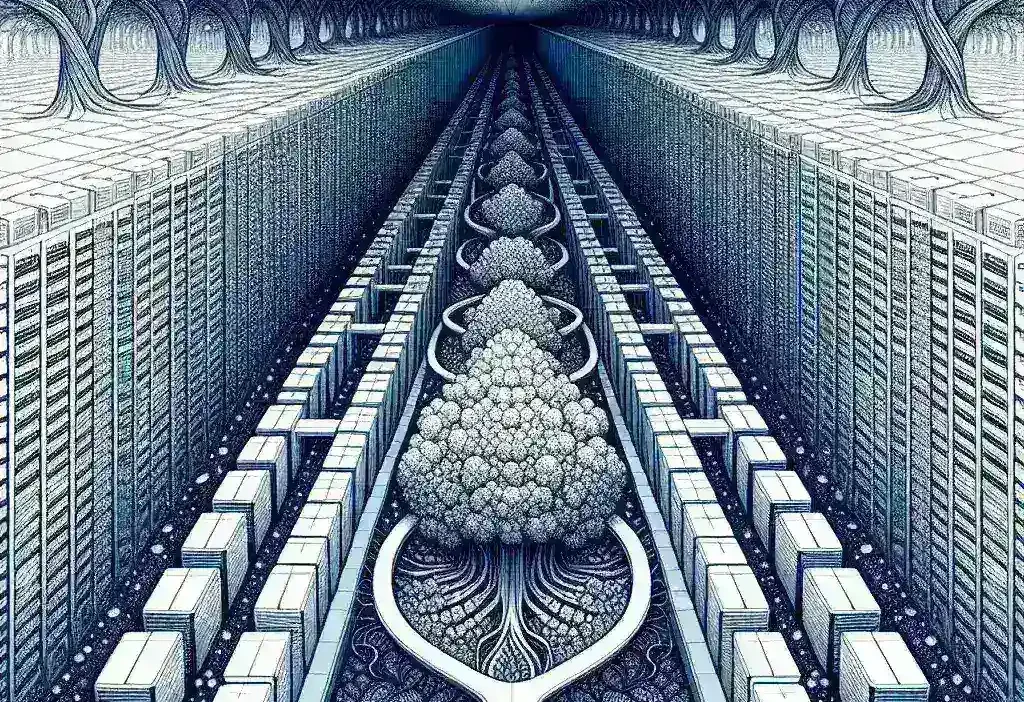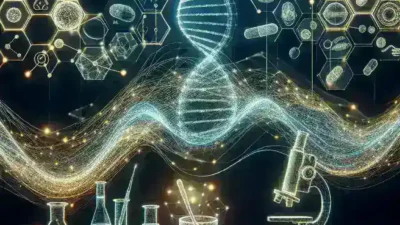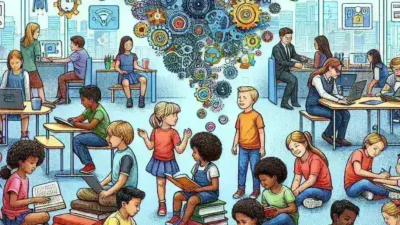Harnessing Nature’s Wisdom: Biomimicry in Data Center Cooling
The relentless growth of data centers, crucial to our digital world, presents a significant challenge: managing the immense heat generated by servers. Traditional cooling methods are energy-intensive and environmentally unfriendly. Enter biomimicry – drawing inspiration from nature to create sustainable solutions. TechRadar, a leading technology news source, has highlighted the increasing adoption of nature-inspired approaches in data center cooling, paving the way for a greener digital future.
This article delves into the fascinating world of biomimicry in data center cooling, exploring various techniques, their effectiveness, and the potential for future innovation. We’ll examine the challenges of traditional cooling methods, the advantages of nature-inspired solutions, and the broader implications for sustainability in the tech industry.
The Challenges of Traditional Data Center Cooling
Traditional data center cooling relies heavily on mechanical systems, primarily air conditioning units. These systems consume vast amounts of energy, contributing significantly to a data center’s carbon footprint. Furthermore, the need for constant cooling leads to high operational costs and poses significant environmental concerns. The sheer volume of air required to cool large server rooms can also create noise pollution and logistical hurdles.
- High Energy Consumption: Mechanical cooling systems are energy hogs, driving up electricity bills and carbon emissions.
- Environmental Impact: The use of refrigerants with high global warming potentials adds to the ecological burden.
- Operational Costs: Maintenance, repairs, and energy consumption contribute to substantial operational expenses.
- Noise Pollution: The constant hum of cooling fans can be disruptive and create unwanted noise pollution.
Nature’s Ingenious Solutions: Biomimicry in Action
In contrast to traditional methods, biomimicry offers elegant and sustainable alternatives. By observing and emulating nature’s efficient cooling mechanisms, engineers are developing innovative solutions for data center cooling. This approach not only reduces energy consumption but also minimizes environmental impact and improves overall efficiency.
1. Termite Mound Inspiration: Passive Cooling Systems
Termite mounds, with their intricate ventilation systems, have become a popular inspiration for passive cooling designs. These mounds maintain a remarkably constant internal temperature, even in fluctuating external conditions. Mimicking this natural ventilation, data centers can be designed with optimized airflow paths and natural convection to reduce reliance on mechanical cooling.
The design involves strategically placed vents and chimneys to create natural airflow, mimicking the termites’ complex network of tunnels. This passive cooling system significantly reduces energy consumption and operating costs while maintaining optimal server temperatures.
2. Whale Fin Design for Improved Heat Transfer
The bumpy surface of humpback whale fins reduces drag and increases lift. This principle has inspired the development of innovative heat sink designs for servers. By mimicking the tubercles on a whale fin, heat sinks can enhance heat dissipation, improving cooling efficiency and reducing the need for powerful cooling systems.
This approach enhances the surface area for heat exchange, leading to improved heat transfer and reduced energy consumption compared to traditional smooth-surface heat sinks. The result is a more efficient and sustainable cooling solution.
3. Leaf-Inspired Evaporative Cooling
Plants use transpiration, the process of water evaporation from leaves, to cool themselves. This inspired the development of evaporative cooling systems for data centers. These systems use water evaporation to lower the air temperature, offering a more energy-efficient cooling solution than traditional methods.
However, the implementation requires careful consideration of water usage and humidity control to avoid creating other problems. The effectiveness of evaporative cooling depends heavily on the climate and requires careful integration with other cooling strategies.
The Future of Biomimicry in Data Center Cooling
The field of biomimicry in data center cooling is rapidly evolving. Ongoing research focuses on developing even more sophisticated and sustainable solutions. This includes exploring new materials, optimizing designs, and integrating different bio-inspired techniques for a holistic approach.
- Advanced Materials: Researchers are investigating new materials with enhanced thermal conductivity and energy efficiency for heat sinks and other cooling components.
- AI-Driven Optimization: Artificial intelligence is playing a crucial role in optimizing cooling systems, predicting energy demands, and adapting to changing conditions.
- Hybrid Systems: Combining bio-inspired passive cooling with advanced mechanical systems will likely lead to the most efficient and sustainable solutions.
- Integration with Renewable Energy: Powering data center cooling systems with renewable energy sources is essential for minimizing the overall environmental impact.
Comparing Traditional and Bio-Inspired Cooling Methods
A comparison between traditional and bio-inspired cooling methods reveals the significant advantages of the latter. While traditional methods rely heavily on energy-intensive mechanical systems, bio-inspired approaches leverage natural processes for more sustainable and efficient cooling. This table summarizes the key differences:
| Feature | Traditional Cooling | Bio-Inspired Cooling |
|---|---|---|
| Energy Consumption | High | Low |
| Environmental Impact | High | Low |
| Operational Costs | High | Low |
| Maintenance | Complex | Simpler |
| Scalability | Challenging | Relatively easier |
While bio-inspired cooling might require higher upfront investment in design and implementation, the long-term benefits in terms of reduced energy consumption, lower operational costs, and reduced environmental impact outweigh the initial expense.
Challenges and Considerations
Despite the many advantages, several challenges remain in the widespread adoption of bio-inspired cooling solutions. These include:
- Initial Investment: The design and implementation of bio-inspired systems might require a higher initial investment compared to traditional methods.
- Climate Dependency: Certain bio-inspired approaches, such as evaporative cooling, are more effective in specific climates.
- Integration Complexity: Integrating bio-inspired systems with existing data center infrastructure can be complex.
- Scalability: Scaling up bio-inspired solutions for large data centers requires careful planning and engineering.
Overcoming these challenges requires collaborative efforts from researchers, engineers, and data center operators. Further research, development, and standardization are crucial to accelerating the adoption of bio-inspired cooling technologies.
The future of data center cooling is undoubtedly intertwined with the principles of sustainability and efficiency. Biomimicry offers a promising path towards a greener digital future, harnessing the wisdom of nature to address the challenges of cooling our ever-growing digital infrastructure. By continuing to research and implement these innovative solutions, we can minimize the environmental impact of data centers and build a more sustainable technological landscape.Greenpeace and EPAoffer valuable resources on environmental sustainability.




